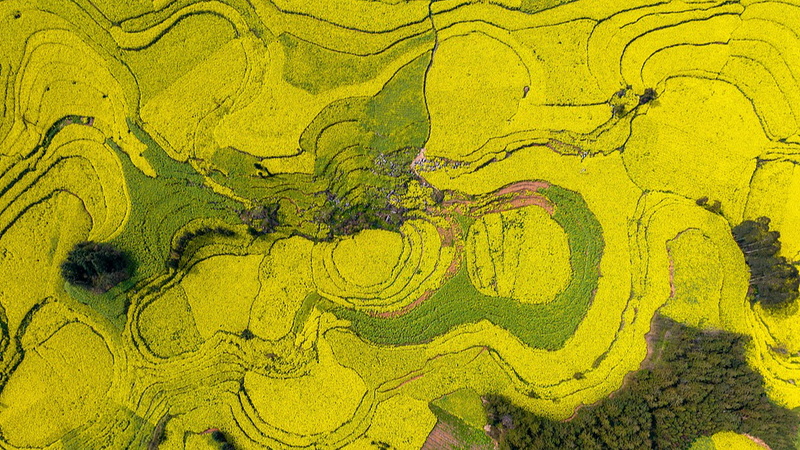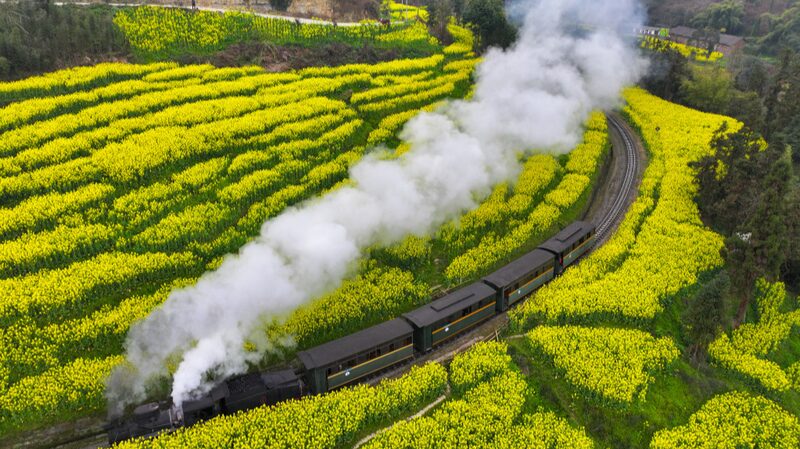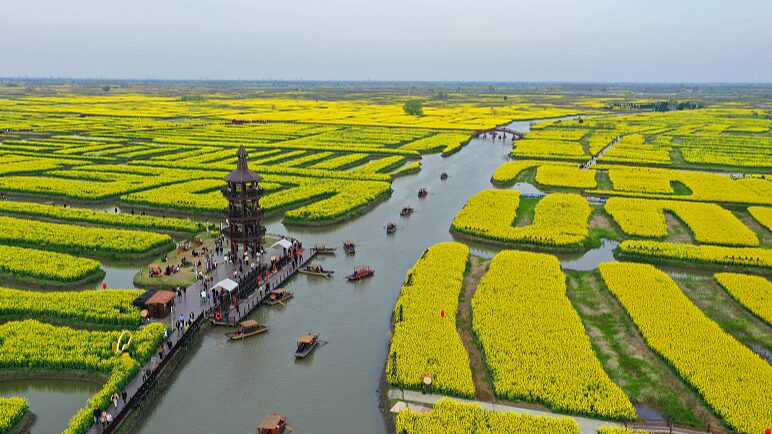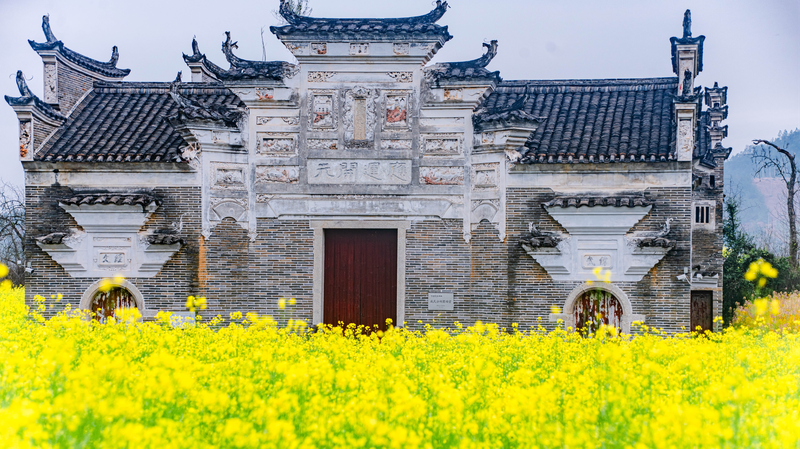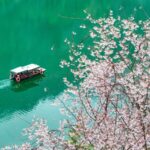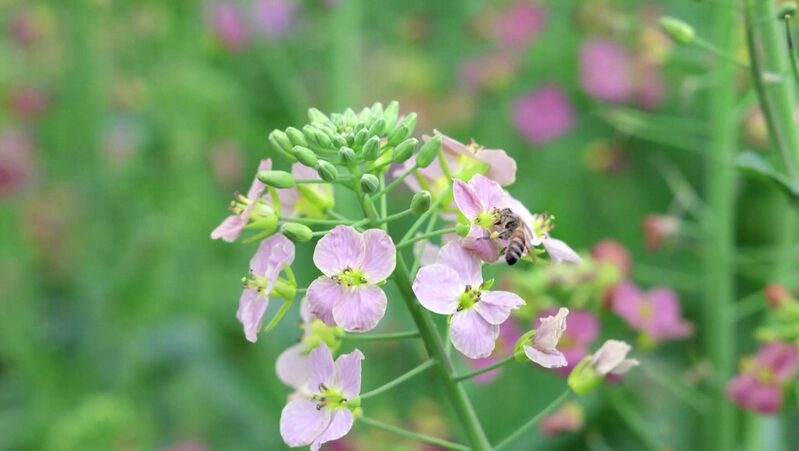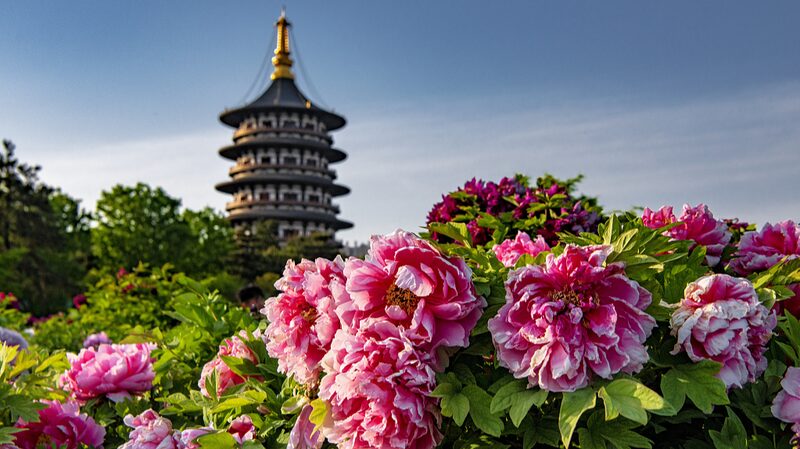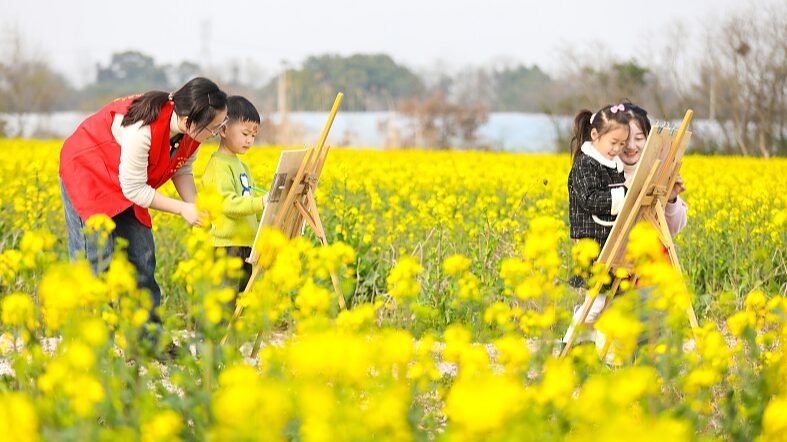As winter retreats, Yunnan Province in southwest China unveils one of its most dazzling seasonal spectacles: seas of golden rapeseed flowers blanketing Qujing's countryside. By mid-March, over 400,000 acres of these vibrant blooms transform the region into a living impressionist painting, attracting photographers, nature enthusiasts, and cultural explorers alike.
The floral spectacle coincides with warmer temperatures and clear skies, creating ideal conditions for scenic drives along rural roads flanked by yellow blossoms. Local agro-tourism initiatives encourage visitors to explore traditional villages nestled among the fields, where Dai and Yi ethnic communities preserve ancient farming traditions.
While the blooms primarily draw domestic travelers, international visitors are increasingly discovering this seasonal marvel through social media sharing. Tourism authorities note a 30% year-on-year increase in foreign tourist bookings during peak bloom season, with particular interest from Southeast Asian diaspora communities reconnecting with regional agricultural heritage.
Environmental scientists highlight the fields' dual purpose: Beyond their visual splendor, the rapeseed plants improve soil quality for subsequent rice cultivation while providing vital forage for local bee populations. The annual bloom has become a case study in sustainable agro-tourism, balancing economic benefits with ecological preservation.
Reference(s):
cgtn.com
